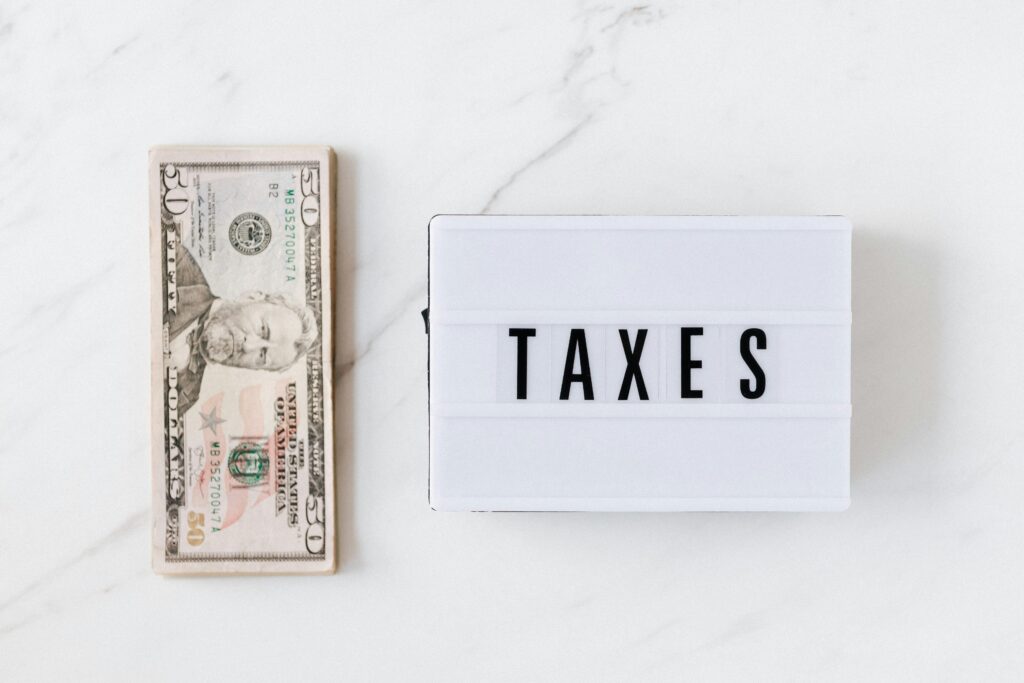
Embarking on the journey of self-employment unveils a realm of limitless possibilities and freedom. Yet, amidst the hustle of entrepreneurship lies the critical responsibility of retirement planning—a facet often overshadowed by immediate business needs. Enter the Individual 401k for self-employed, a beacon of financial security designed to illuminate the retirement path for solo entrepreneurs. This comprehensive guide sheds light on how embracing an Individual 401(k) can be a game-changer in your financial landscape, ensuring that your golden years are as golden as they can be.
Embracing Individual 401k for Self-Employed: The First Step to a Secure Retirement
At the heart of a financially secure retirement for the self-employed is the Individual 401k plan. Unlike traditional retirement savings options, the Individual 401k caters specifically to the unique needs of entrepreneurs without full-time employees. This tailor-made solution not only offers generous contribution limits but also provides the flexibility and tax advantages essential for maximizing your retirement savings.
The Dual Advantage: Employer and Employee Contributions
One of the most compelling features of the Individual 401(k) is its dual contribution structure. As a self-employed individual, you wear two hats in the realm of retirement savings: that of the employer and the employee. This dual role empowers you to contribute both as the employee, via elective deferrals, and as the employer, through nonelective contributions, potentially doubling your savings capacity.
Tax Benefits: More Money in Your Pocket
The Individual 401(k) shines brightly with its tax advantages. Contributions made to the plan reduce your taxable income, thereby lowering your tax bill. Furthermore, the growth of your investments within the 401(k) is tax-deferred, meaning you won’t pay taxes on gains until you withdraw the funds in retirement. For those considering a Roth Individual 401(k), contributions are made post-tax, but withdrawals during retirement are tax-free, offering a compelling strategy for those anticipating higher tax rates in the future.

A Closer Look at Contribution Limits: Maximizing Your Savings with Individual 401k for Self-Employed
For self-employed individuals, the contribution limits of an Individual 401(k) are particularly attractive. The plan allows for significant elective deferrals, along with employer contributions, culminating in a combined limit that far exceeds that of traditional retirement plans. This elevated cap presents an unparalleled opportunity to accelerate your retirement savings, providing a robust safety net for the future.
Maximizing Your Contributions with Individual 401k for Self-Employed
- Max Out Employee Contributions: Aim to contribute the maximum allowable amount as an employee of your own business. This is the most straightforward method to increase your savings.
- Understand Your Compensation: For calculating the employer contribution, compensation is considered your net earnings from self-employment after deducting one-half of your self-employment tax and contributions for yourself.
- Contribute as an Employer: On top of employee contributions, consider making additional contributions as an employer. This dual contribution strategy is unique to Solo 401(k) plans and significantly increases your total contribution limit.
- Utilize Catch-Up Contributions: If you’re 50 or older, don’t overlook the opportunity to make catch-up contributions, allowing for an even higher total contribution.
- Plan Contributions Around Income Fluctuations: If your business income varies, plan your contributions to maximize the employer portion in higher-income years.
- Stay Informed on Limit Changes: Contribution limits are periodically adjusted for inflation. Stay informed to ensure you’re maximizing your contributions each year.
Navigating the Investment Landscape
With an Individual 401(k), you’re at the helm of your investment strategy. This plan grants you the freedom to tailor your investment choices to align with your risk tolerance, financial goals, and retirement timeline. Whether you’re inclined towards stocks, bonds, mutual funds, or other investment vehicles, the Individual 401(k) offers the versatility to craft a portfolio that reflects your vision for retirement.
Eligibility and Setting Up Your Plan
Eligibility for an Individual 401(k) hinges on self-employment activity with no full-time employees other than your spouse. Setting up your Individual 401(k) involves choosing between a traditional or Roth account, selecting a plan provider, and adhering to annual contribution and reporting requirements. While the process may seem daunting, the long-term benefits of securing your retirement are immeasurable.

1. Determine Eligibility for Individual 401k for Self-Employed
- Who’s Eligible: Self-employed individuals or small business owners with no employees other than the owner(s) and their spouse(s).
- Business Types: Includes sole proprietors, partnerships, LLCs, S Corporations, and C Corporations.
2. Choose Between Traditional or Roth
- Traditional Solo 401(k): Contributions are made pre-tax, reducing taxable income for the year, with taxes paid upon withdrawal in retirement.
- Roth Solo 401(k): Contributions are made with after-tax dollars, with no taxes on withdrawals in retirement.
3. Select a Provider
- Criteria: Look for providers that offer a range of investment options, low fees, and good customer service.
- Options: Includes banks, brokerage firms, and specialized financial services companies.
4. Fill Out the Application
- Required Information: Business details, personal information, and beneficiary designations.
- Documentation: May require EIN (Employer Identification Number) and other business documentation.
5. Set Up Contribution Limits
- Employee Contribution Limits: Up to $20,500 for 2023, with an additional catch-up contribution of $6,500 for those 50 and older.
- Employer Contribution Limits: Up to 25% of compensation, with combined contributions capped at $61,000 for 2023 (or $67,500 with catch-up contributions).
6. Decide on Investments
- Options: Varies by provider but can include stocks, bonds, mutual funds, and ETFs.
- Strategy: Consider diversifying your investments based on your risk tolerance and retirement goals.

7. Manage Your Plan with Individual 401(k) for Self-Employed
- Ongoing Contributions: Decide on a schedule for contributions (e.g., monthly, quarterly).
- Record-Keeping: Maintain records of contributions, earnings, and investments.
- Compliance: Ensure adherence to IRS rules and contribution limits.
8. Plan for Withdrawals
- Penalties: Withdrawals before age 59½ may incur penalties unless exceptions apply.
- Required Minimum Distributions (RMDs): Must start by age 72, considering the tax implications of these withdrawals.
Conclusion: The Path to Financial Independence
The Individual 401(k) for self-employed stands as a pillar of financial independence, offering a robust framework for building a prosperous retirement. By leveraging its generous contribution limits, tax advantages, and investment flexibility, you pave the way to a future where financial security is not just a dream, but a reality. As you navigate the journey of self-employment, let the Individual 401(k) be your compass, guiding you towards a retirement filled with peace, prosperity, and freedom.
You might be interested in reading related https://moneyymagnett.com/how-to-manage-your-money-in-five-simple-steps/

